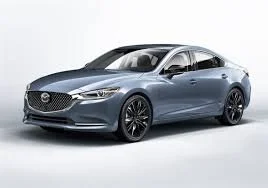The drive to electrify the automobile is in the assent. The U.S. EV market in 2020 surpassed 5% of car sales in some regions. The Tesla Model 3 is currently the #12 selling car in the nation. If you are a fan of plugged in propulsion these are pretty exciting times. But if you look back, way back to the turn of the previous century, electricity was actually the number one power source for cars in 1900. But the buzz wouldn't last. In 1912, General Motor’s brilliant chief engineer, Charles Kettering, changed everything when he introduced on a Cadillac the first workable electric starter. It eliminated the need for the difficult and dangerous hand crank, and thus swept away electricity’s #1 selling point. Over the next half dozen years, electric car sales ground to a halt…or quietly stopped, since EVs don’t grind.
But about halfway between then and now we discovered air pollution. Soon its roots were traced to CO2 spewing automobiles, and we began to cast about for cleaner ways to get around. In 1959 Emerson Radio of all people thought they had found that way. They teamed up with the Henney Body Company to make the first serious attempt at an EV comeback. Well, maybe it wasn’t all that serious. The Henney Kilowatt was based on the Renault Dauphine (at that time the #2 selling imported car in America) The Dauphine’s clattering little 4-cylinder engine was replaced with a 36V motor that could propel it silently for 40 miles on a charge.
The Killowatt was about half the size of a typical American car but cost twice as much to buy. So maybe it isn’t surprising that only about 50 of them were sold - mostly to utility companies for research or promotional duties. By the close of 1961, the lights had been shut off on Henney Motors… and Renaults went back to being noisy.











